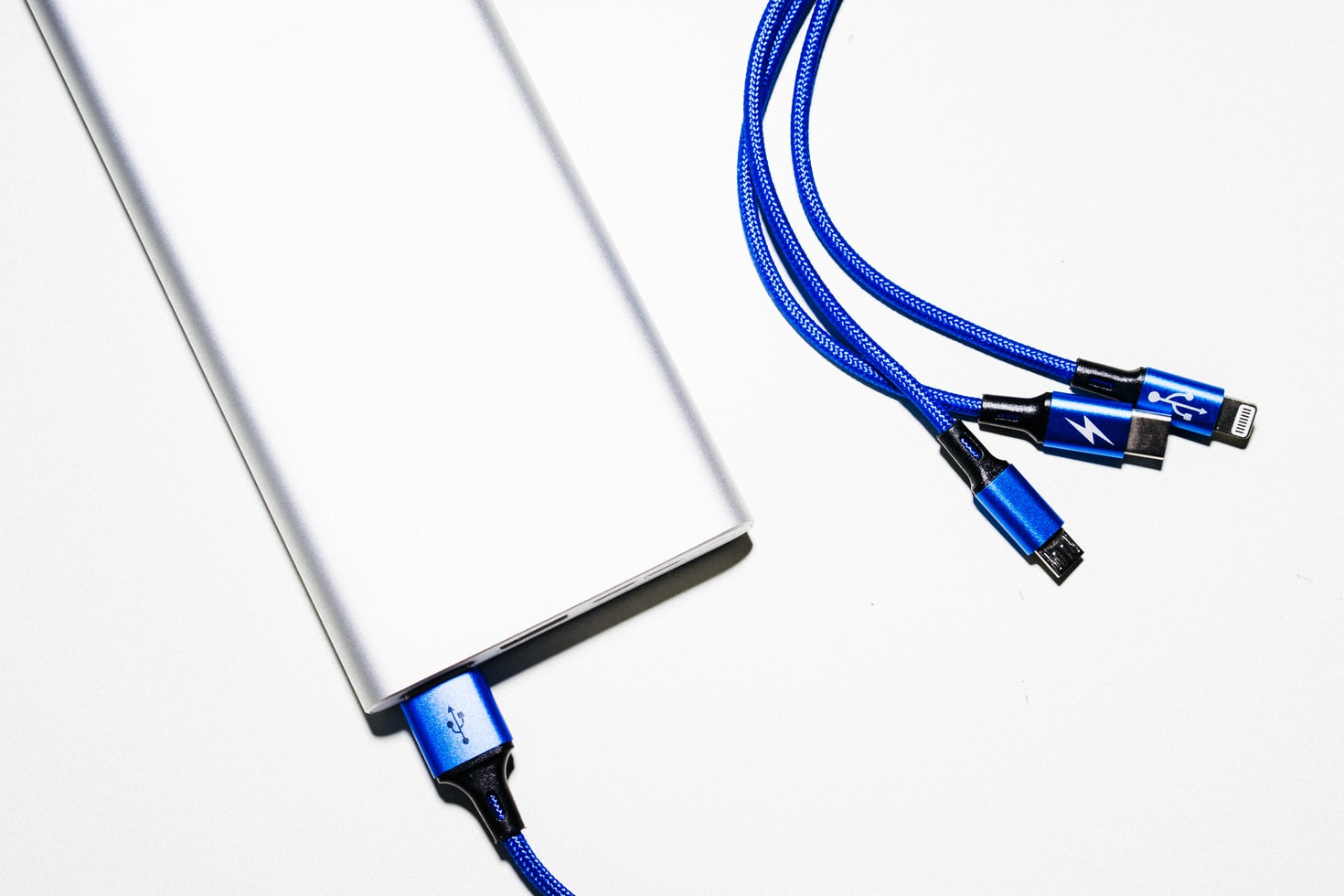Although smartphones are more powerful than ever, their battery lives leave much to be desired, especially when compared to the seemingly immortal Nokias that was most popular in the early aughts. Naturally, more advanced, powerful technology requires more juice to work, which is why today’s smartphones often need to be charged at least once a day.
For this reason, power banks have skyrocketed in fame over the last few years, offering smartphone owners a reprieve when they’re low on battery and far from an outlet. However, not all power banks are created equal; you’ll need to find the right one for your energy needs, which means understanding the various specifications and how they affect how much charge your power bank will hold. Here’s what you should know:
Charge Capacities
When buying a new power bank, the first thing you should consider is the charge capacity. Think about the devices you frequently need to charge on the go, as a tablet or a Nintendo Switch certainly need more power than a smartphone. It’s also important to note that some smartphones take more charge than others, so you’ll want to look at your smartphone specifications. The battery capacity will indicate the kind of power bank you should buy.
The charge is measured in mAh or milliamp hours. Older phones typically have batteries under 1000 mAh, with modern ones usually around 3000 mAh. To ensure you can get a complete charge from your power bank, choose one with a capacity more than your device. It is always wise to get one with extra power to ensure your device gets at least one full charge.
Output Charge Current
When shopping for a power bank, it’s also crucial to consider the rate at which it delivers the charge, which will impact the charge time. You can estimate what you need by looking at your device’s charger. Small USB devices usually have half an amp charge current, and phones take an amp. Devices with fast charge capabilities take more current at about three amps. The lower the maximum current a power bank can provide, the longer it will take to charge. If you want your device to charge as fast as possible, purchase a power bank with a high output current.
Number of Ports
The number of ports on a power bank is also an essential factor to consider. The first power banks had one output port, although nowadays, people have more than one device they want to charge, so many larger power banks offer multiple ports. Be sure to check the output capabilities for each port to ensure they’re enough for your charging needs.
Size and Weight
Power banks can be heavy, so you’ll want to inspect them in person and weigh them in your hand, especially if you want to bring them with you as you travel. Usually, the higher the capacity of the power bank, the heavier and bigger it will be.
Lithium Polymer or Lithium-ion
Today’s power banks usually use either of two main battery technologies: lithium-ion and lithium polymer. While they’re similar, lithium-ion has a high power density while degrading over time. They’re also cheaper than lithium-polymer, which are sturdier and more flexible while being lightweight, having a slim profile, and having a decreased chance of leaking electrolytes.
Type of Charging Connectors
These days, the output on most power banks is a USB Type-A, which is the large USB connector used on many USB chargers, flash memory drives, and other similar technologies. However, the connector used to charge the power bank is often different, usually micro-USB. Regardless, it’s worth checking the type of charging connector before purchasing.
Conclusion
Power banks are convenient in today’s highly technology-driven world. However, they can be fairly expensive, especially if you aren’t sure what you’re purchasing. By using our guide, you’ll have a clearer idea of the perfect power bank for your charging habits.
Mobilebeat is Australia’s leading mobile accessory retail group, delivering the latest trends in quality smartphone and tablet accessories. We have a wide range of smartphone products from Apple to Google and have power banks and wireless chargers that are sure to meet your power needs. Browse our catalogue to find the ideal power bank for you!

